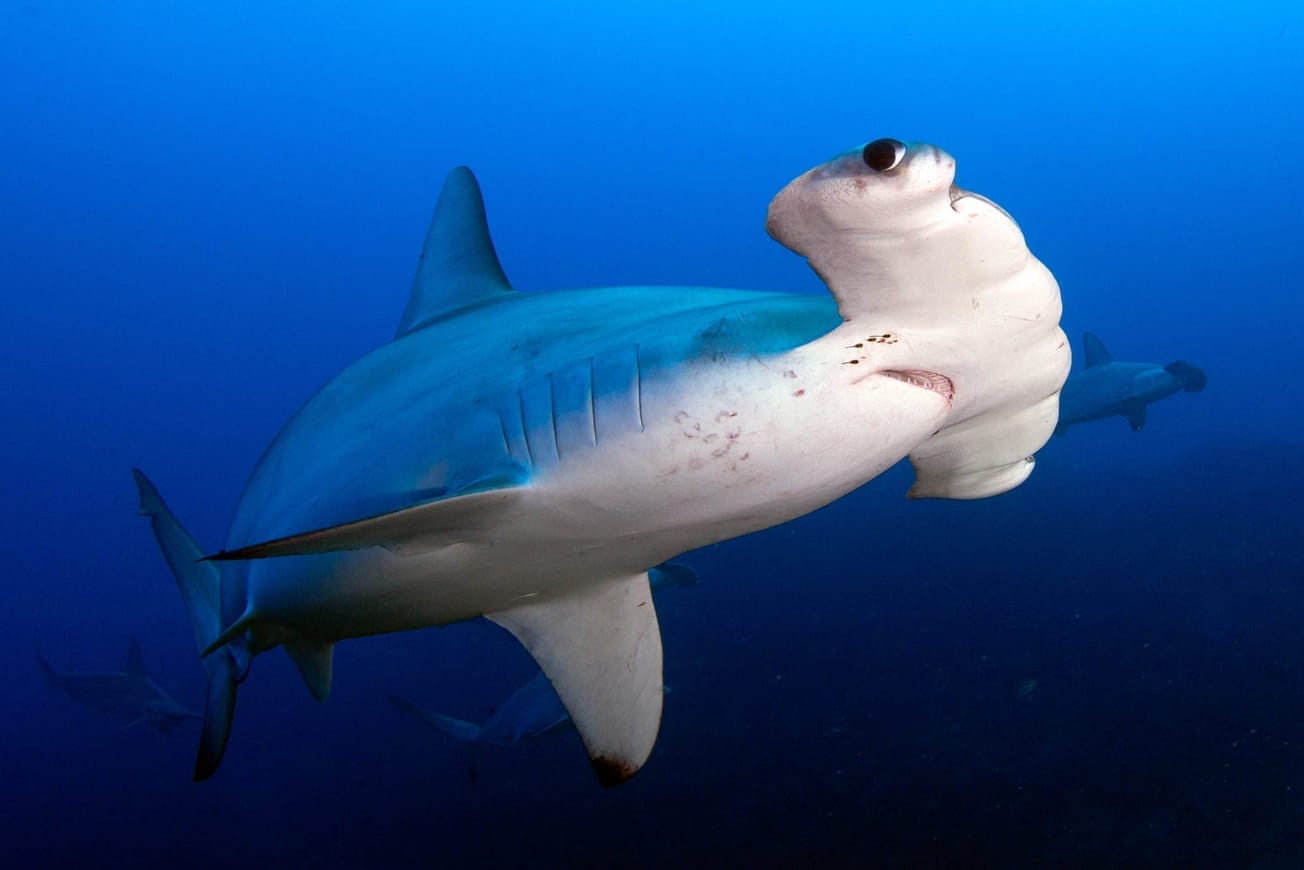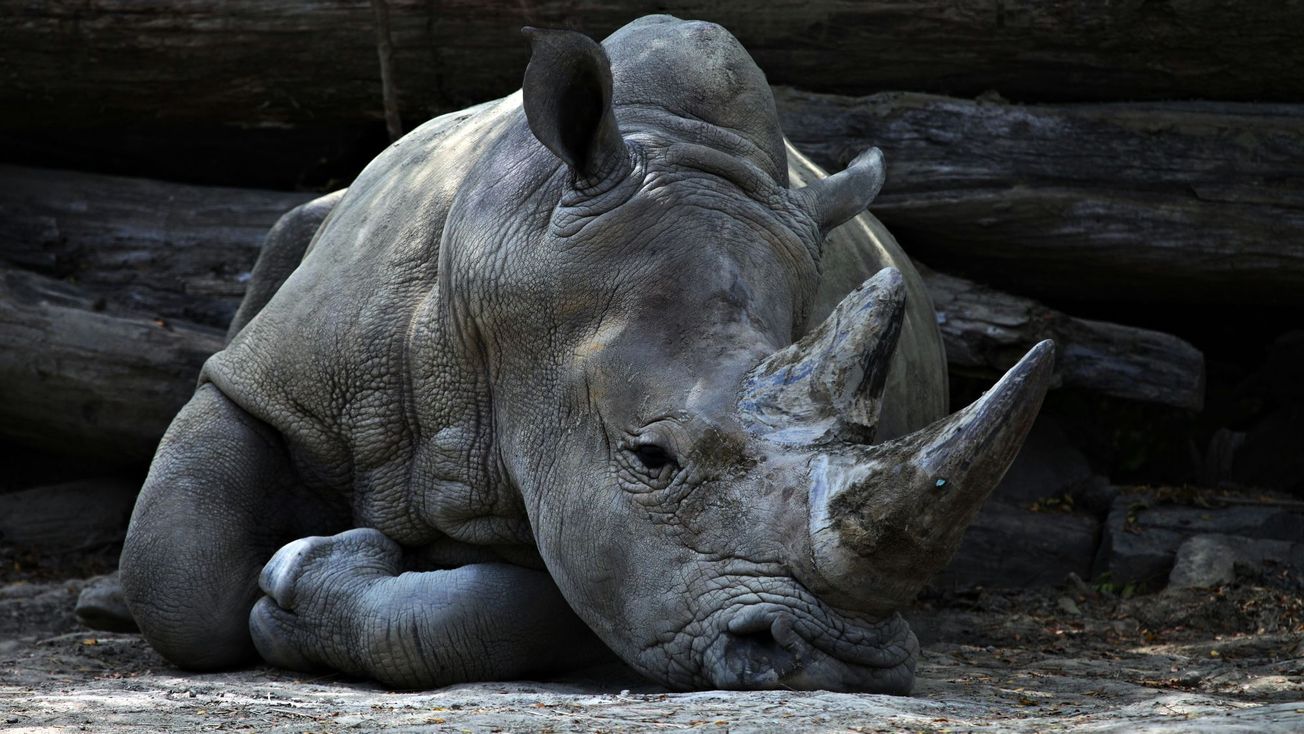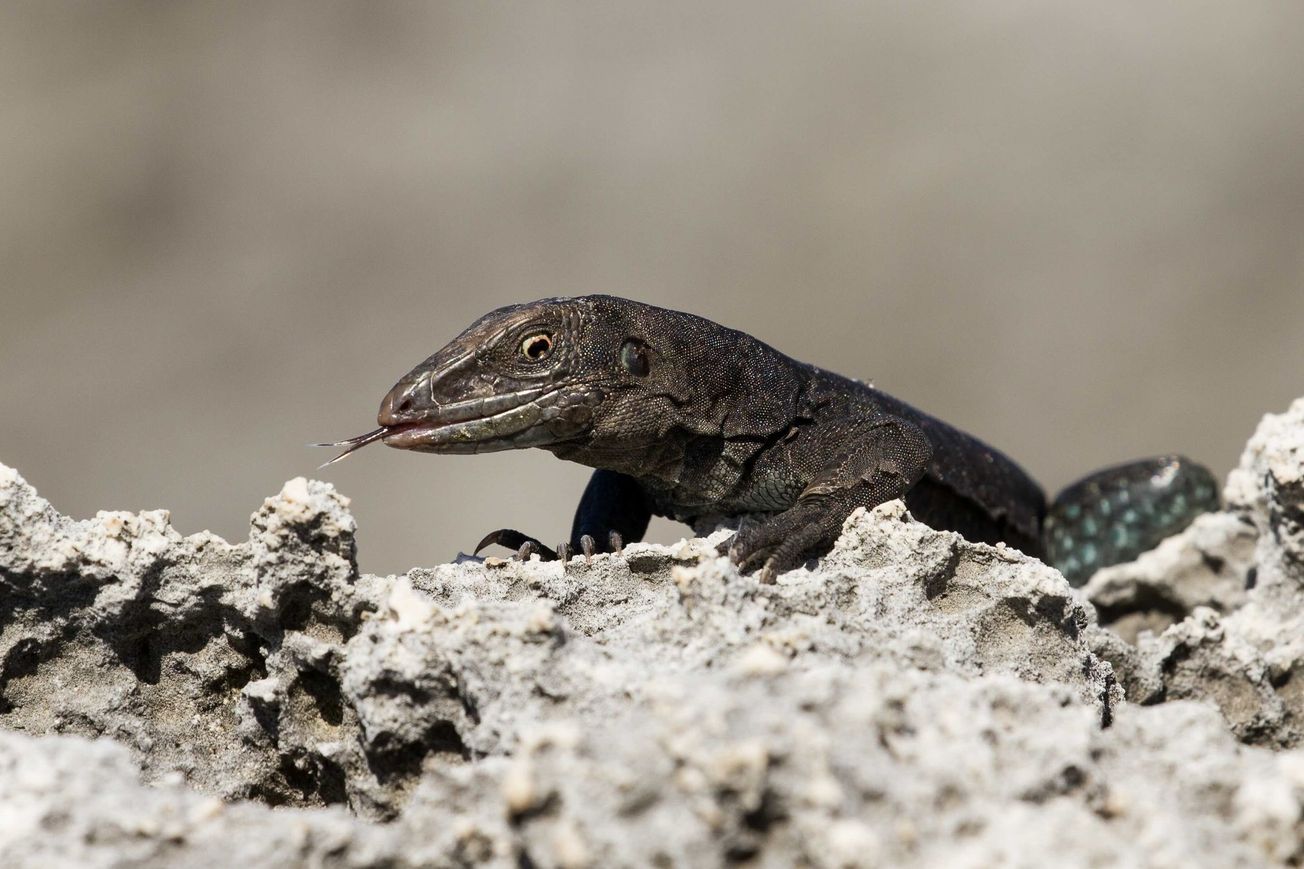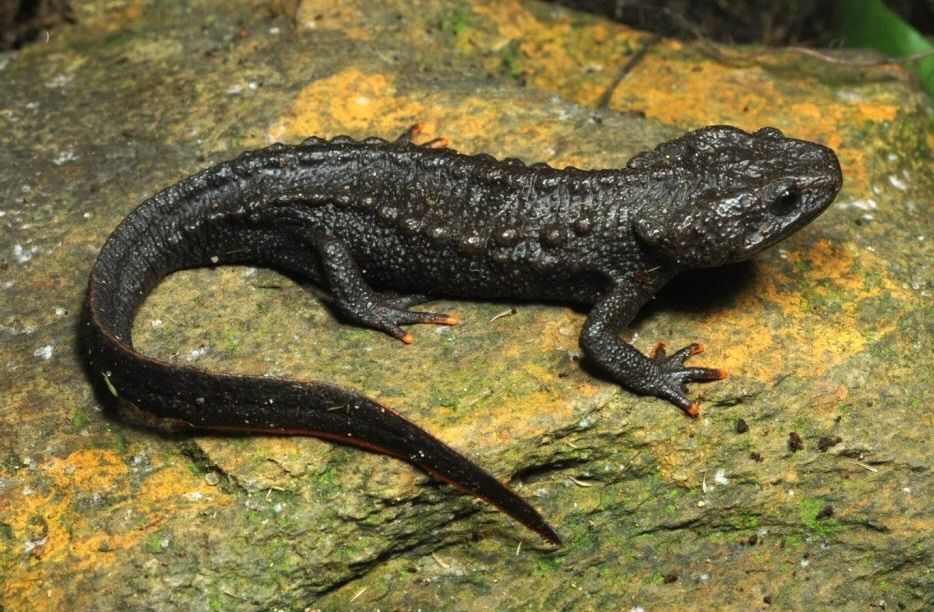Once teetering on the brink of extinction, the Bald Eagle’s journey is a wildlife conservation success story and a testament to what can happen when coordinated conservation efforts yield effective conservation policies.
For most of the 20th century, Bald Eagles in North America faced a range of serious threats. Their habitats were destroyed to make way for human activities, and hunting further reduced their numbers.
However, the biggest danger came from the pesticide DDT, widely used after World War II. DDT built up in fish—one of the eagles’ main food sources—and caused the birds’ eggshells to become so thin that they often broke before the chicks could hatch. By the mid-1960s, the population had dropped to fewer than 500 nesting pairs in the lower 48 states, a steep decline from the thousands that had once soared across the continent.

To save this symbol of American freedom, the government passed laws giving the Bald Eagle strong legal protection. The Endangered Species Preservation Act (later updated as the Endangered Species Act) restricted eagle hunting and penalized anyone who disturbed their nests.
In 1972, the United States banned DDT, allowing eagles to lay healthy eggs again. Conservation groups also restored important habitats, set aside breeding areas, and educated the public about the Bald Eagle’s crucial role in nature. Together, these efforts helped the species rebound dramatically.
By 1995, Bald Eagles were doing well enough that their status changed from “endangered” to “threatened,” and in 2007, they were completely removed from the federal endangered species list. They still enjoy protection under the Bald and Golden Eagle Protection Act, highlighting their continued importance both ecologically and symbolically.
Though they face ongoing challenges such as lead poisoning and habitat loss in some regions, the Bald Eagle’s recovery remains one of the most successful conservation stories in modern history.
Conservation TImeline
- Mid-20th Century: Severe decline due to DDT and habitat loss; fewer than 500 nesting pairs in the lower 48 states
- 1972: DDT banned in the U.S.
- 1995: Status changed from “endangered” to “threatened”
- 2007: Removed from the federal endangered species list
- 2024:






